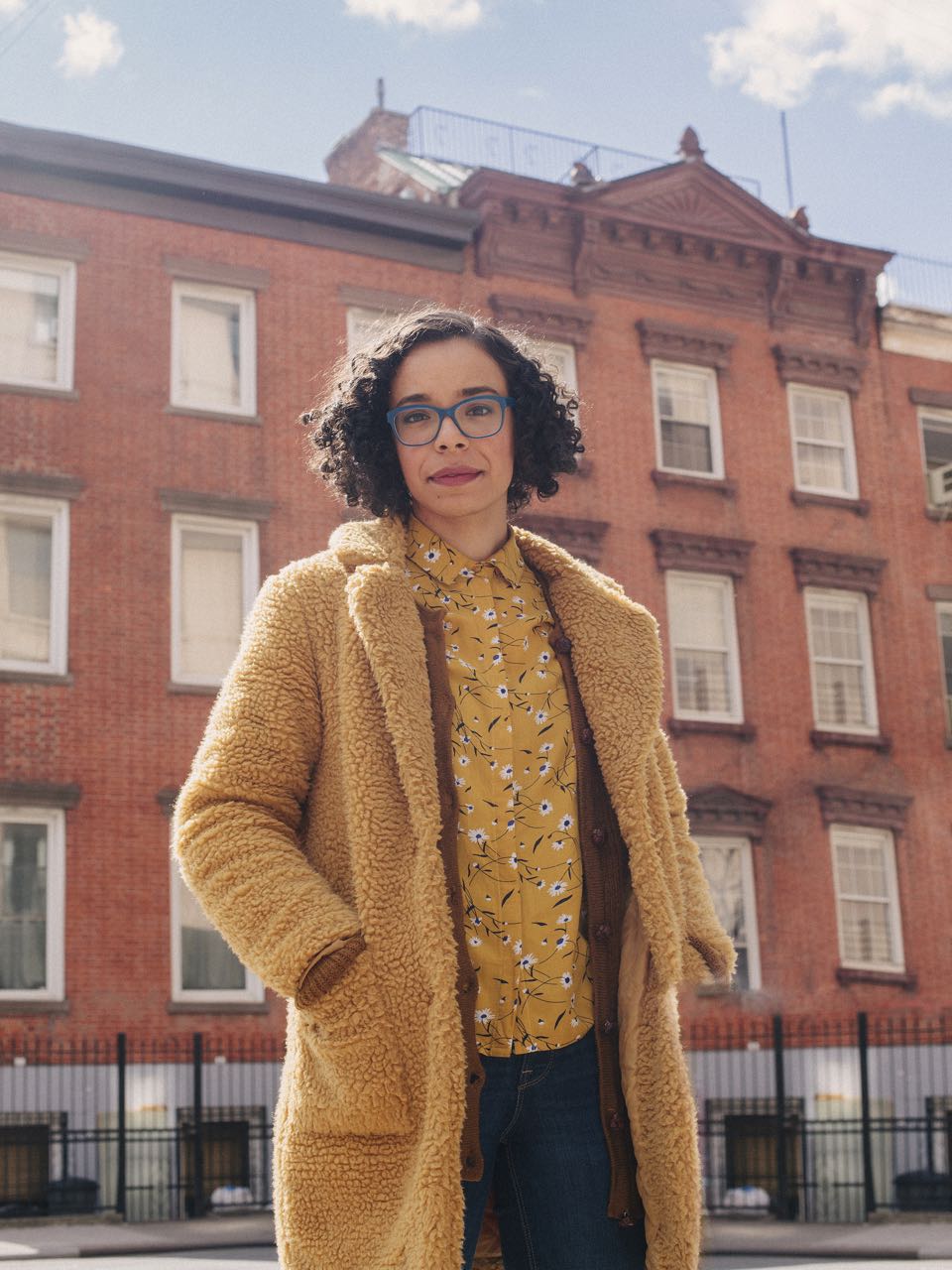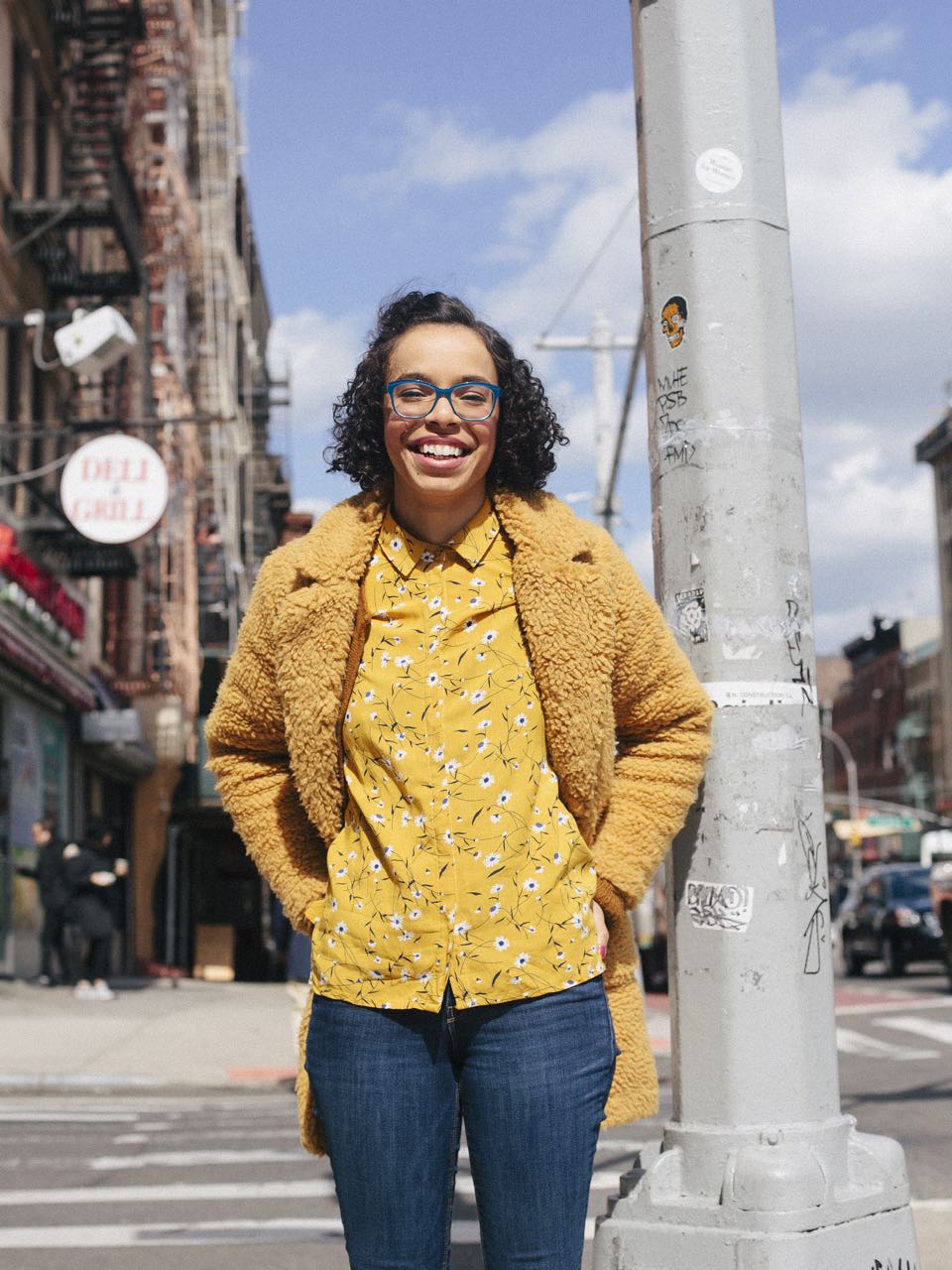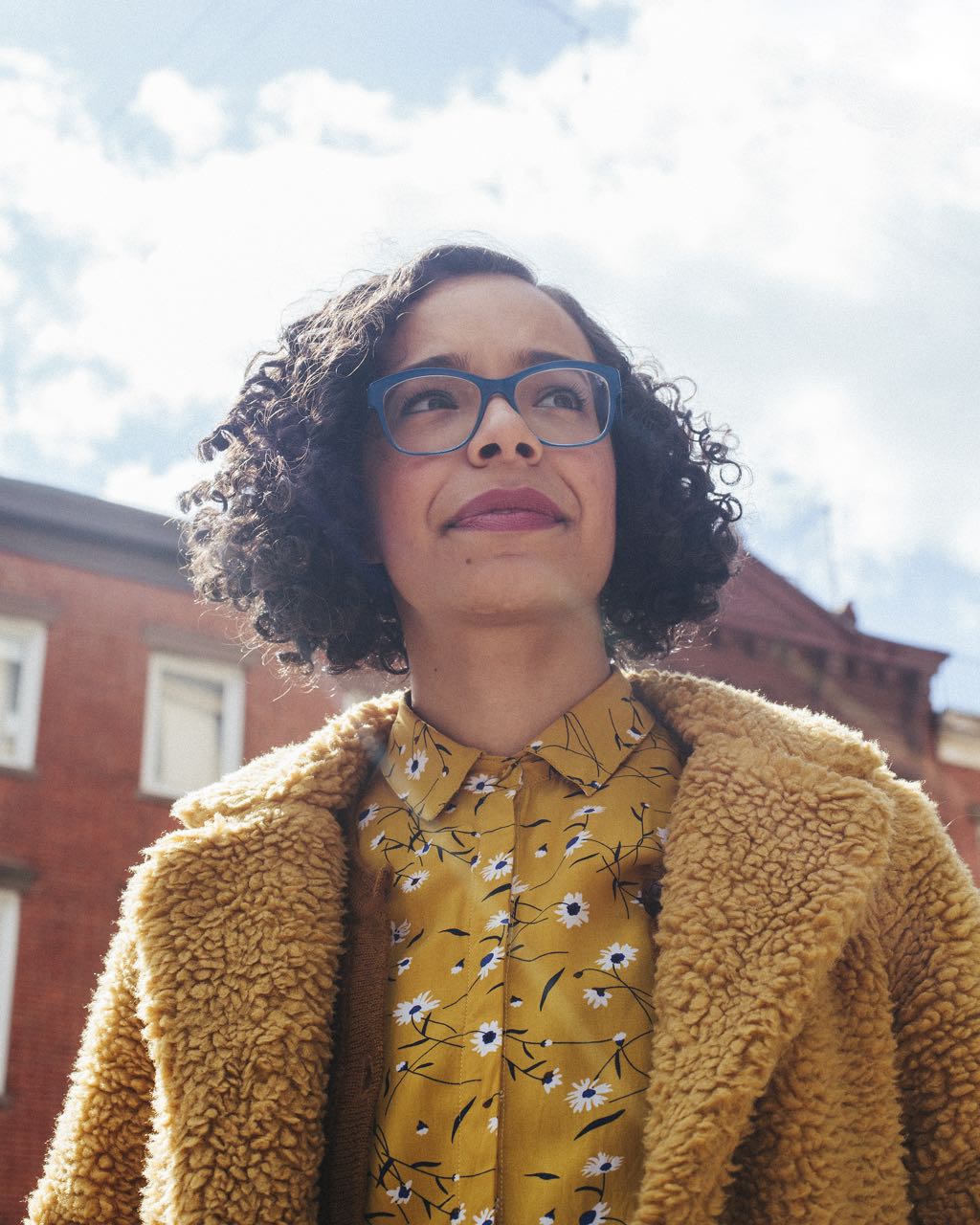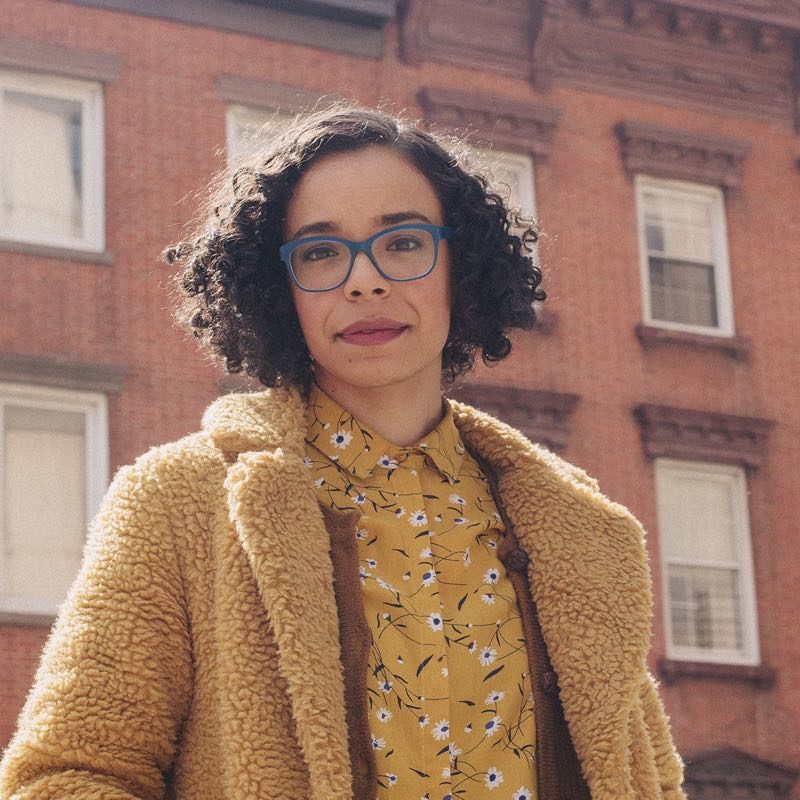Director Taylor Reynolds on Plano, Clubbed Thumb, The Movement Theatre Company, and More

April 2nd, 2019
Last summer, Clubbed Thumb had one of its most successful SummerWorks productions: Plano by Will Arbery. The play, which is about three sisters (the press notes wisely state, “No, not those three sisters”) and three mysterious plagues, was directed by Taylor Reynolds and is now having a return engagement beginning April 8th at the Connelly Theatre. At a moment when Clubbed Thumb is gaining a higher and higher profile, it’s also long been known as a hub for developing both writers and directors. Taylor was one of Clubbed Thumbs Directing Fellows, participating in both their Winterworks and Summerworks programs. She’s also part of the producing artistic leadership team of The Movement Theatre Company, which develops and produces work by artists of color, and has recently also been gaining a higher profile. I spoke to Taylor about her relationship with Clubbed Thumb and The Movement, developing Plano, and the life of an emerging director.
You were a Directing Fellow with Clubbed Thumb. What has your experience with Clubbed Thumb been like?
I was one of the three Directing Fellows for the 2017-2018 cohort. They pair the directors with a writer who was previously part of their Emerging Writers Group. Maria Striar [Clubbed Thumb’s Artistic Director] and Michael Bulger [Associate Artistic Director] paired me with Will Arbery. I knew who Will was beforehand because of mutual friends, but I really didn’t know his work or what he was all about. They essentially give the writers a very general, basic prompt and then the writers can submit plays that we work on as part of the fellowship. Will submitted Plano and I directed it.
It happens in two parts. The first part, in the fall, is where we work with Playwrights Horizons students and recent graduates playing the roles, and there’s a lot of text work that happens. Then in January there’s a shorter, two week rehearsal process with professional actors, and then a series of presentations called Winterworks. After each performance of Winterworks, they have little mixers for all of the people who attend. The ideas is that the directors meet people from the industry and meet other writers and actors. In an effort to not just talk about myself the whole time, I was like, “Do you know that Will wants to make it a full length? We should encourage him to make it a full length. He’s going to make it a full length, please follow up.” I put all those seeds out there and then I was like, “Thank you, Clubbed Thumb. This has been great and it’s been a really wonderful experience and having Annie [Kauffman] and Ken as mentors was incredibly helpful for me in learning about my directorial process in the room,” which I was really interested in getting out of the fellowship, more so than, “Please critique my work.”
Then a month or two later they just sent a very cryptic email that was like, “Can you come to the office?” I was like, “Oh, no. This is because I didn’t fill out the fellowship survey and they are mad at me.” I went into their office and they said, “Will made Plano a full length and we’re going to produce it as part of SummerWorks. Do you want direct it?” And I was like, “Yes.”
Then we did it for Summerworks, and had back a lot of the same cast, which is really wonderful, and there was some additional players. Clubbed Thumb was very helpful in finding and pairing us with designers and forging those relationships. Then it was one of the most successful Summerworks productions. Then everybody was like, “This has got to get picked up. It’s got to get remounted.” I was like, “Everyone, we just did this deja vu with Winterworks. You can’t keep getting my hopes up. I’m just going to keep operating in my reality, which is until someone approaches me, nothing’s happening.” I met with Will a month or two later to debrief. He was like, “We’re working on it.” Eventually Clubbed Thumb made it happen. They just happened to be able to squeeze it in between What the Constitution Means to Me and Summerworks. A perfect five week window where they could just do an additional show.
Were there any unique directorial challenges in going from the original short to a full length play?
Yes. The 45-minute version that we worked on during the fellowship was more segmented into sections for each of the sisters. There are three sisters and this curse that may or may not be destroying their entire family. In the Winterworks version there is a semi-clear delineation of how the curse impacts each sister individually, their relationships to each other and their relationships to the men in their lives. Now the 45-minute [version] is the first 20 to 30 minutes of the full length. There’s already so much that happens in that play. There’s a murder. There’s a faceless ghost that comes out of nowhere. The whole stage shifts multiple times. It grew into a container that holds more than I ever thought that it could. As a director, diving into it with the actors and with Will and with the designers, we continually find that the container of Plano can hold so much more than we think it can and that it’s very quick to push away whatever doesn’t work. It’s very much about throwing things up against a wall and seeing what sticks. For the full-length play, there’s the addition of [the character] Mary, the mother, which we had never discussed at all during the fellowship and never had a chance to work on. That was a really fascinating challenge: to go through two thirds of the play where there was certainly new stuff and new challenges but things that we knew so we were like, “Okay, we have our key markers. If we can get to here we know how these two things can connect,” and then the last 20 minutes is this new character that creates their own world. That was a really fascinating challenge of how do we make this play cohesive when, for me, it very much felt like, “This is something completely new and we’ve developed such a specific language around the rest of the play. So how do we incorporate that language but also create the space for the different language that this section requires.” Now with this remount, there are some new pages that we still have never touched. The section with Mary now is structurally the same but tonally much different. As we go into our nine days of rehearsal for this remount, we’re really trying to focus on what the chunks are that we know are solid, that we can throw up on their feet, so that we still have the time to create the depth for these new and shifted sections.
Going into the full-length version, was there anything where you felt like you had a really strong instinct about it like, “I know what this is. I know how to put this on stage,” and that ended up really shifting as you were working on it, surprising you?
I thought I knew a lot about how people wanted to relate in the space as the play progressed, which has a lot to do with the Winterworks version when it was more clearly delineated between each of the sister’s sections. We were also able to use different physical stylization. Certain moments may be more presentational or certain moments may feel very connected or certain moments may be more led by emotion and actually are very still. And so coming into Summerworks, and even now, there are certain physicalities and ways of staging that we have put up that actually require more. There are moments when I was like, “Oh, they can just talk to each other,” and no, actually they want to feel like they are very far on a separate diagonal on the stage, and in two separate spot lights to symbolize the separation between the couple. Or in the moment, where I was like, “Oh, they are talking about something very otherworldly and strange. So there should be a charge in the air,” when actually it’s like, “No, we need to normalize the strangeness of this moment to really highlight how insane it is.” I think that is a consistent thing that is both challenging and wonderfully surprising for me every time I dive into it.

I want to ask you a little bit about your process of working with designers. When I’ve talked to some emerging directors in the past, one of the things that comes up is you do so many readings and things that are basically at tables or music stands that you don’t always get a ton of experience actually getting to have designers and those elements to work with.
Yes. That has been my experience, certainly. I’ve been really fortunate in that I have been able to see directors interact with designers through The Movement [Theatre Company] whether I’ve assisted on shows or producing and being a part of production meetings. We run very collaboratively so we encourage people of various departments to be in those conversations. But I very rarely had that experience of like, “Hello, I am the director. You are the designer. We are working on this specific thing. It is going to a full production,” and not like, ” Well, let’s think about, if we were going to do it, what might we do and hope one day…”
I was very fortunate to find really wonderful designers. Daniel Zimmerman is our set designer. Maria suggested him. Maria and Michael were very good about understanding, “You are emerging. We know what your deal is.” And they asked, “Do you have people you want to work with?” And I said, “Maybe, but I don’t know them, I just know who they are.” So they connected me with Daniel and then asked, “What do you want and how do you like to work? What kind of mindset are you moving forward with?” We also did a design workshop before we did the Summerworks productions, so we had a weekend where we had some rad actors reading the words and moving around the space as we would request. That was really helpful for us being able to create a language around space and around the storytelling of the characters. Then as we were finding our other designers, we could then take that foundation and translate it into the other areas of the design.
Since Summerworks, I have worked on another production where I had a full design team with student actors. I work very collaboratively, so I like to have initial conversations with the designers where we just talk about the play because I often find designers are dramaturgically thinking about things that I’m not thinking about. So I start by just talking about the play before getting into images or design specifics or anything like that, just so that we are all on the same understanding about what the story is, or at least starting to find where our ideas overlap and where they might pull apart. And then sharing a lot of images or videos. Anything that is inspirational so that we can create a collective conversation and a collective foundation for the language that we’re using. I like to know that the designers are all on the same page initially, so as they then go and I’m like, “Be free. Make ideas. Come to me with proposals and we’ll put it up and see what sticks.” We are then able to have conversations around specific aspects of the design and we can point out why something is successful or why something needs to be shifted.
You mentioned The Movement Theatre Company. How do you feel your work there affects your directing and your creative life in the city?
Deadria [Harrington], Eric [Lockley] and David [Mendizábal] are the reasons that I have other jobs. When I was very, very emerging and I started with The Movement, they were always supportive like, “Oh, do you want to meet this person?” Or recommending me for things, which was very great. As a producing artistic leader, we are very conscious that we are producers for The Movement, but we are also individual artists. We are artists that are a part of our own theatre company. We want to produce and support other emerging artists of color, but we also want to continue to support our own work because one of the reasons that we love The Movement, just like everyone else, is because we have an energy and a way of working that is not yet common in New York theatre. I hope it becomes very common. There are very few spaces, especially theatres that are run completely by people of color, that give artists the space to be bold and brave and try new things that you don’t know will work, and play with form and structure and folding societal issues into that. I feel very privileged to have a direct line into that. Any time we are producing our leadership meeting is, “Who’s got work that they want to see? What are you all working on? Who has ideas? How can we support each other?” As I go out into the world developing new work or directing new plays, I try to keep that sense of open community. And keep a sense that we’re here to do our job and our job is theatre, but we’re also humans and there’s a lot of crazy things happening in the world. I like to come to a space where you don’t have to talk about it if you don’t want to, but that there is the ability to voice what you are feeling about what’s happening in your life outside of, “My character and my role feel this way.”
Right now, what do you consider to be the biggest hurdle in your career?
I think my biggest hurdle, right now, is that I’m trying to figure out what the model is that I want for my life, both artistically and as a human. There are many wonderful paths that directors can take and sometimes it’s like, “Oh, I want to assist a bunch of different people to grasp what I can, or have the ability to have this experience without being the person leading the room and having to make the decisions.” Or sometimes I just really do want to do a bunch of 29-hour readings or a six-month developmental process and not have the pressure of like, “Well people are coming to see this, and you have to have a set, so make a decision.” I am wrestling with that right now, and then also of the many different converging paths that can happen as an artist, how do you fold a personal life into that? How you manage to see friends or have a relationship or fly home to see your parents sometimes? Or have a phone call with your parents and they are like, “What have you been up to?” And I’m like, “I am working. I work and I sleep.” And they are like, “You haven’t seen a movie?” I’m like, “No. I don’t see movies unless it’s an artistic thing that I then have to go see. There’s no time. I do nothing for pleasure.” So trying to figure out the two tracks of my life and how they come together.

On a practical level, if you could change one thing about the theatre to make it easier to pursue a career in directing, what would you change?
I would want a way for it to feel like there is more stability, even if there isn’t. I wish that directors didn’t have to work on three different projects with three different scales at a time, just in order to make money or get their name out there because you are of a certain emergence and you feel like you need to be working on a bunch of things. I wish that there was more rehearsal time, which I heard they do in other places. I feel like New York, specifically, should just adopt that five week rehearsal model. And as a producer, I know what that means; but let me tell you, everybody would be much happier.
Do you have any dream projects?
I have so many. I will keep it to one. Gina Femia is my best friend, and an amazing playwright. She has a play about a group of kids on Coney Island who form their own wrestling team. It is a container for these deep, vulnerable, emotional teenage roles, and also has live, full-scale wrestling matches on stage. It very unapologetically goes from this natural playground and now we’re in a wrestling arena. She gives no stage directions and so it’s not like, “Oh, and now the gesture.” She’s like, “No. Figure it out.” I want to figure it out.

